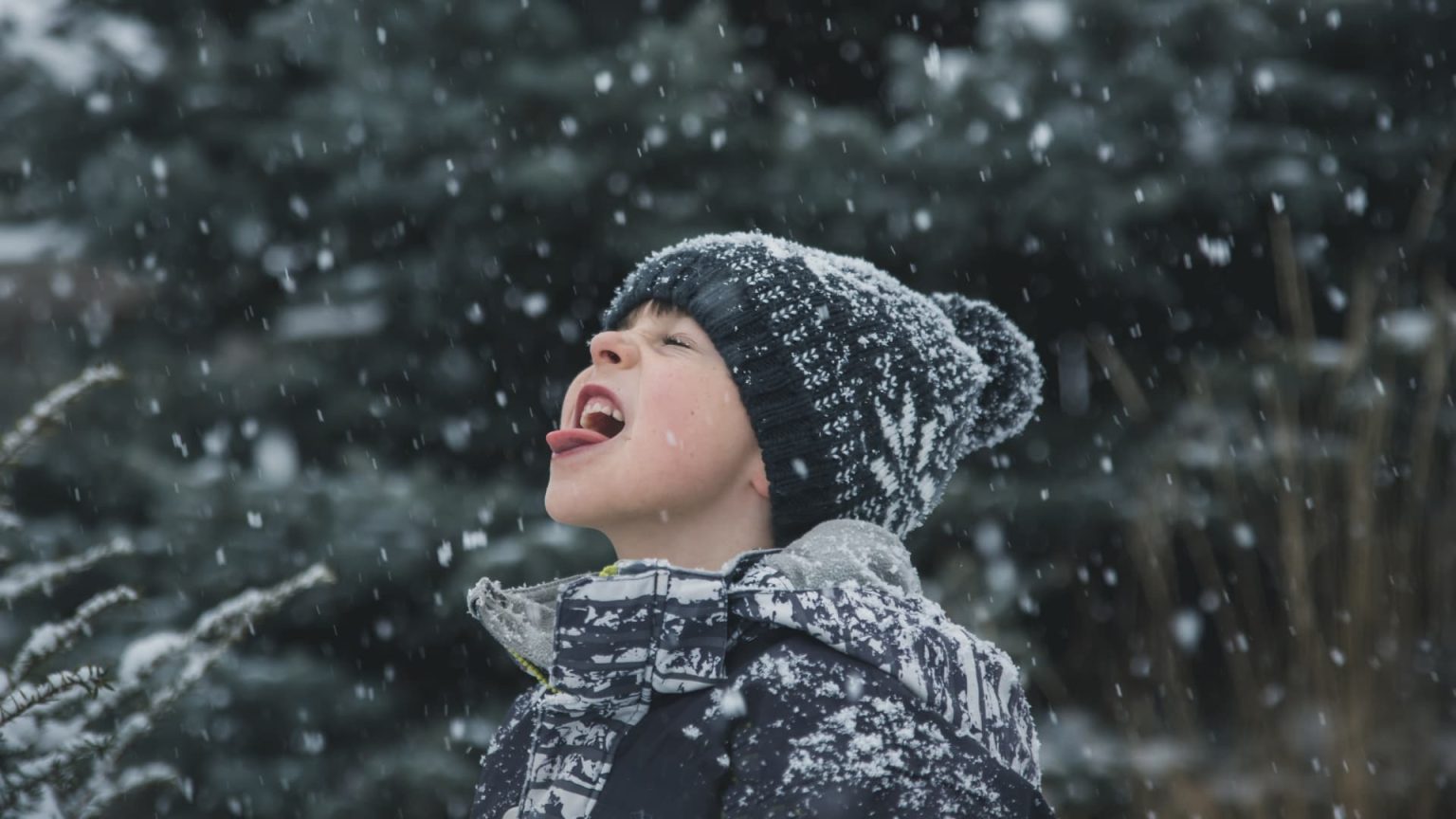Growing up in Sweden, my parents always encouraged me to get outside as much as possible — rain, snow or shine. This was largely driven by “friluftsliv,” a Scandinavian word that roughly translates to “open-air life.”
The 164-year-old concept of Friluftsliv is all about embracing nature, and it is a big part of Swedish culture. When my kids were young, I would let them climb rocks and trees, investigate slimy critters, dig holes and play without adult intervention, just like I did.
I currently reside in Sweden, but back when I lived in the U.S., I can’t tell you how many strange looks I got when people learned my girls happily napped on our back porch most days, in all seasons, or how often they played outside barefoot.
As the author of “The Open-Air Life” and “There’s No Such Thing as Bad Weather,” I’ve found that friluftsliv isn’t just a way to instill healthy habits in children at a young age — it’s also a major reason why the Nordic countries are usually ranked among the world’s happiest.
Here’s my best advice for incorporating friluftsliv into your parenting style:
1. Schedule outdoor time.
Morning and evening walks are sacred in Swedish culture. Weather permitting, dinner is often enjoyed outside on the porch, as families socialize around an open fire, grilling hot dogs.
In Nordic countries, it’s also common to see outdoor kindergartens, or forest schools, where children spend the vast majority of the time in nature.
Don’t miss: The No. 1 thing parents are ‘completely forgetting’ to teach their kids today, says a parenting expert and mom
The trick to developing a sustainable nature habit is to create a rhythm that allows you to go outside on a regular basis, even if it’s just for a little bit. It might even help to schedule it in the family calendar.
If you’re pressed for time, try combining outdoor time with an already established habit. For example, walk your child to daycare or preschool instead of taking the car, or eat a picnic dinner at a park instead of at home.
2. Start with where you are.
The golden rule of friluftsliv is to use what you have and do what you can without extra effort. Nature is all around us, and even in more urban environments there are still birds to watch, flowers to smell and trees to hug.
If you have the opportunity to take your children hiking in the remote wilderness or a national park, that’s wonderful — but the connections that you and your children make with nature on a day-to-day basis will have a greater impact on them.
Nine times out of 10, when I enjoy friluftsliv with my kids, it is by walking around the woods near our home in Sweden.
3. Don’t let the weather ruin your day.
Children aren’t born with a weather bias, but they can quickly pick up on adults’ negative attitudes toward rain, wind, cold and heat.
The friluftsliv tradition encourages us to find something to love about every season. In Nordic countries, parents often use the old saying, “There’s no such thing as bad weather, only bad clothing.” It motivates children to go outside every day, regardless of the weather.
Of course, when the weather is outright hazardous, you may be better off inside. But for the most part, we have so much to gain by dressing children for the weather and letting them experience the joy of running through the pouring rain, sliding over icy puddles, and cooling off in the water sprinkler on a hot day.
Linda Akeson McGurk is a Swedish-American writer and author of “The Open Air Life” and “There’s No Such Thing as Bad Weather.” She is a passionate advocate for the Nordic outdoor tradition of friluftsliv, and runs the blog Rain or Shine Mamma. When she isn’t working, you can usually find her walking around the pine forests near her home in southwestern Sweden. Follow Linda on Facebook and Instagram.
Don’t miss:
Want to be smarter and more successful with your money, work & life? Sign up for our new newsletter here
Read the full article here



